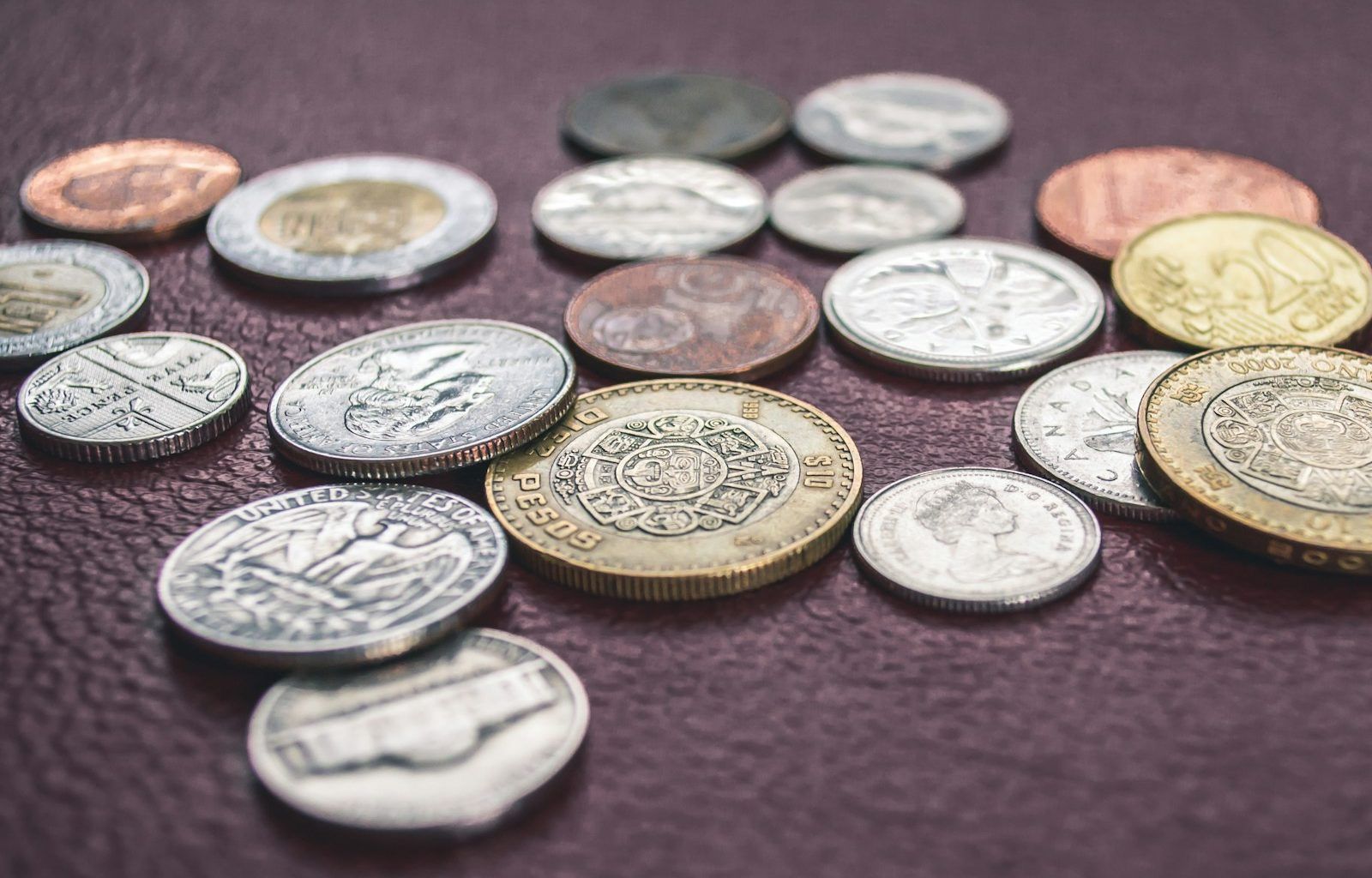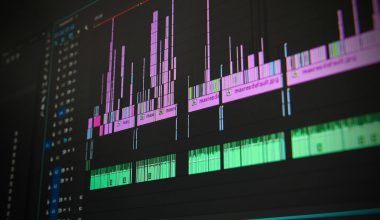If you’ve ever wondered how much artists make per stream, you’re not alone. With streaming services like Spotify, Apple Music, and YouTube dominating how we consume music today, many people are curious about how much money actually makes its way into the pockets of the artists who create the music we love. Let’s dive deep into the numbers, the process, and what this means for musicians.
The Basics of Streaming Royalties
To understand how much artists make per stream, it helps to first know how streaming platforms work. When you listen to a song on Spotify, Apple Music, or another platform, a royalty payment is triggered. This payment is then split among multiple parties, including the artist, their record label, songwriters, and publishers.
Each streaming service has its own payout rate, and the amount an artist earns per stream depends on a variety of factors. The average payout per stream is usually measured in fractions of a cent. For example, Spotify’s average payout per stream hovers around $0.003 to $0.005. This means an artist would need about 250 streams to earn one dollar.
Factors Influencing Payout Rates
The amount an artist earns per stream isn’t a fixed number. Several factors play a role in determining the payout:
- The Platform: Different streaming platforms have different payout rates. For instance, Tidal is known for offering higher per-stream payouts compared to Spotify or Apple Music.
- Listener’s Location: Royalties can vary depending on where the listener is located. A stream from the United States might pay more than a stream from a country with lower subscription rates.
- Subscription Type: Streams from premium (paid) users usually generate higher payouts compared to free-tier listeners who rely on ads.
- Record Label Agreements: If the artist is signed to a record label, a portion of the royalties will go to the label before reaching the artist.
Breaking Down Payouts by Platform
Each streaming platform pays differently, which makes it tricky to pin down exact earnings. Here’s a quick overview of some popular platforms and their approximate payouts:
- Spotify: $0.003 – $0.005 per stream
- Apple Music: $0.01 per stream
- Tidal: $0.0125 per stream
- YouTube: $0.00069 per view (on average for music content)
These numbers might seem low, but it’s important to remember that they add up when songs get millions of streams. However, most independent artists struggle to reach those kinds of numbers.
How Many Streams to Make a Living?
Let’s say an artist wants to earn $1,000 per month from streaming alone. Based on Spotify’s average payout of $0.004 per stream, they would need 250,000 streams in a single month. For many independent artists, this is a tough goal to reach.
For artists signed to record labels, the challenge becomes even steeper. Labels typically take a significant cut of the earnings, sometimes leaving artists with only a small percentage of the payout.
Why the Earnings Seem So Low
One reason streaming payouts are low is that platforms distribute royalties based on a “pro-rata” system. This means the total revenue from subscriptions and ads is pooled together and distributed among all the streamed tracks. Artists who dominate the charts, like Drake or Taylor Swift, end up taking a large share of the pie, while independent or niche artists earn less.
The Role of Publishing and Songwriting
When considering how much artists make per stream, it’s important to also account for publishing and songwriting royalties. If an artist writes their own songs, they may earn additional income through these royalties. However, if they perform songs written by others, those earnings go to the songwriters and publishers instead.
Alternative Revenue Streams for Artists
Given the low payouts from streaming, many artists rely on other income sources to sustain their careers. These include:
- Merchandise Sales: Selling T-shirts, vinyl records, and other merch can be a significant income source.
- Live Performances: Concerts and tours often bring in more money than streaming royalties.
- Crowdfunding and Fan Support: Platforms like Patreon allow fans to directly support artists.
- Sync Licensing: Placing music in films, TV shows, or commercials can be very lucrative.
Is Streaming Sustainable for Artists?
The question of whether streaming is sustainable for artists doesn’t have a simple answer. While some artists, especially those with massive followings, earn substantial income from streaming, smaller or independent musicians often find it challenging to make ends meet. The debate over streaming payouts has even led to calls for reform, with some advocating for a “user-centric” payment model where royalties are distributed based on individual listening habits rather than total streams.
What Can Listeners Do to Support Artists?
As a music fan, there are ways you can help support your favorite artists:
- Buy Their Music: Purchasing albums or songs directly from the artist ensures they receive a larger share of the revenue.
- Attend Concerts: Live performances are a major income source for most artists.
- Support Them on Platforms Like Patreon: Direct fan contributions can make a huge difference.
- Share Their Work: The more people stream an artist’s music, the more they earn.
The Future of Streaming Royalties
Streaming isn’t going anywhere, but the way royalties are calculated and distributed could evolve. Some platforms are already experimenting with new models to make payouts fairer for artists. As listeners, we can also push for change by being vocal about our support for fair compensation.
In conclusion, how much artists make per stream varies widely based on multiple factors. While streaming provides an excellent way to discover and enjoy music, it’s clear that most artists can’t rely solely on this income. By understanding the challenges and supporting musicians in other ways, we can help create a music ecosystem that works for everyone.
For further reading, explore these related articles:
- Charlie D’Amelio: The Story of a Simple Girl Who Became a Superstar
- All I Wanna Be Lyrics – A Song Full of Heart, Hope, and Meaning
For additional resources on music marketing and distribution, visit Deliver My Tune.






